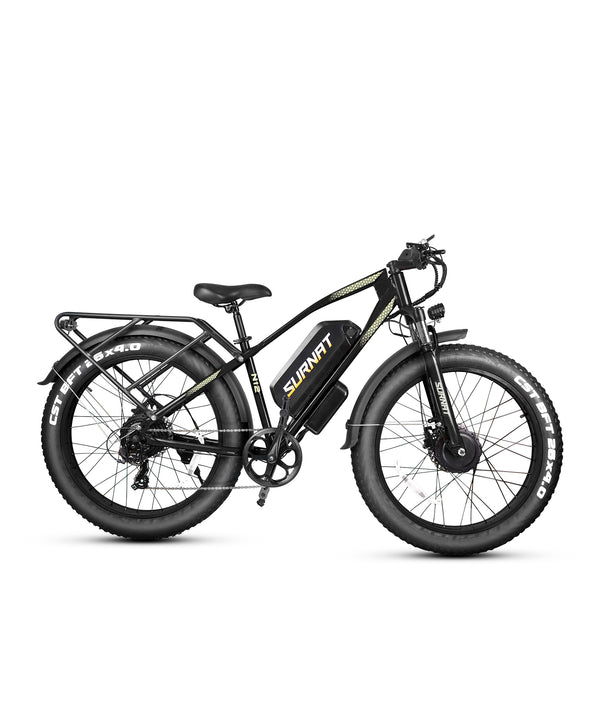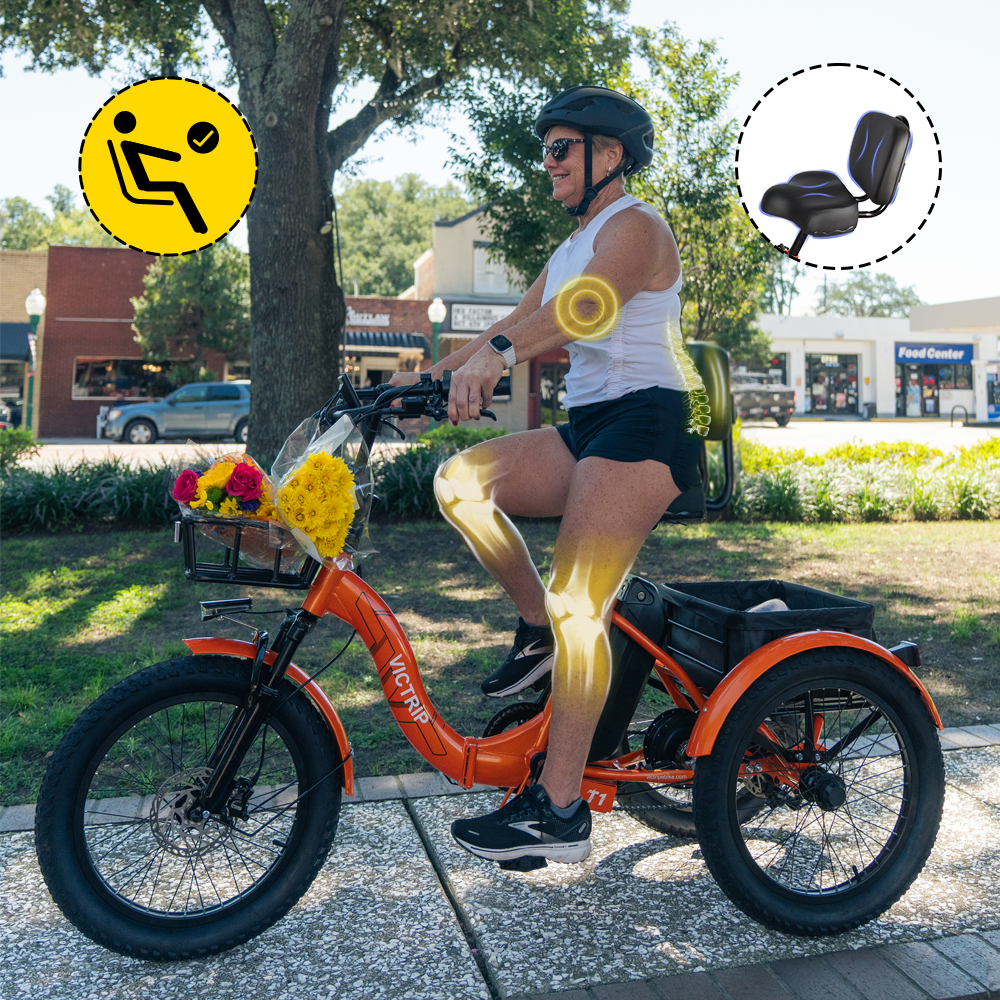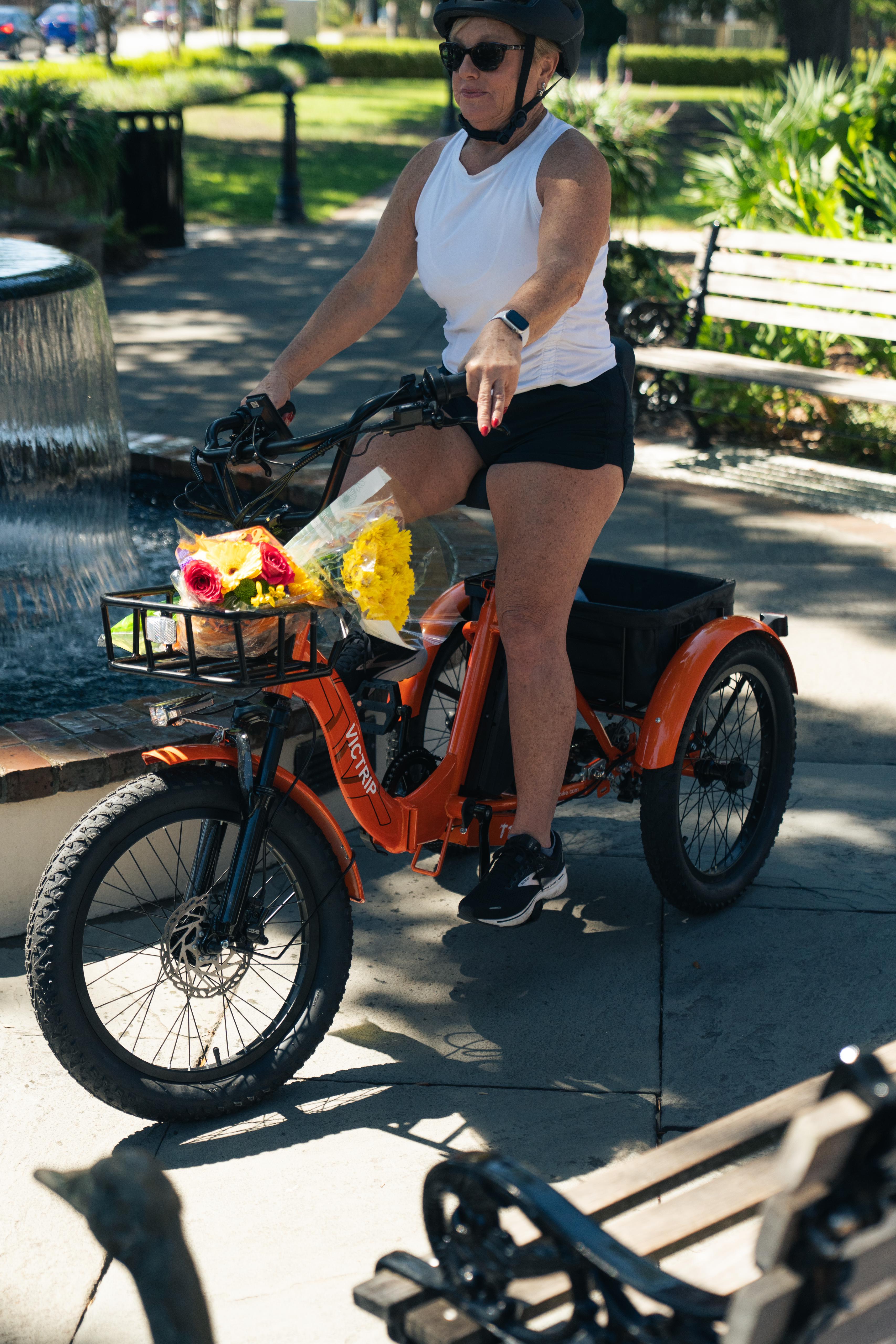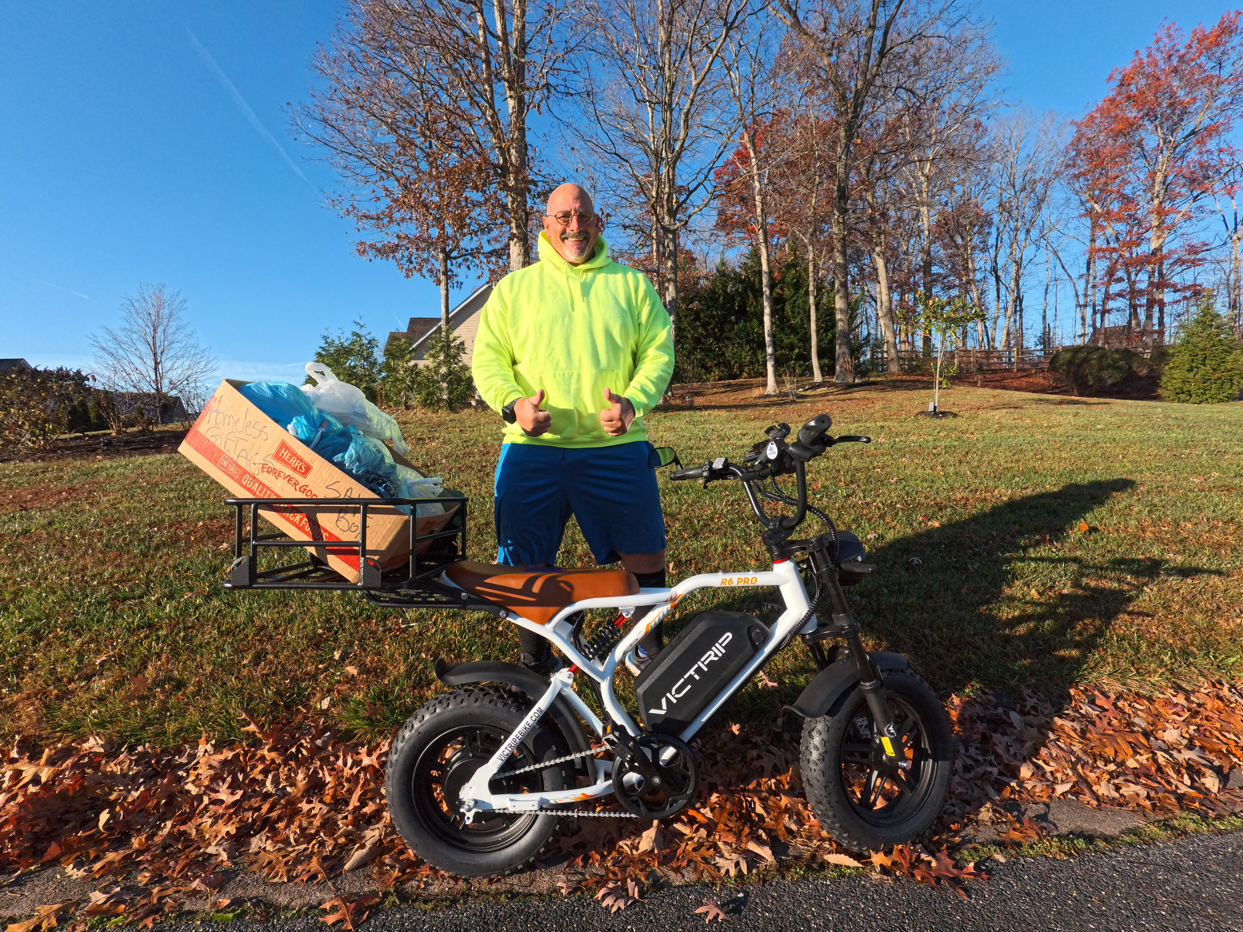
Electric bikes (or e-bikes) have come a long way in the last decade, and the 2000W category has sparked serious interest among speed enthusiasts. A 2000W electric bike offers the perfect middle ground between raw power and practical usability.
But the question everyone asks is: how fast can a 2000W electric bike go?
In this guide, we break down performance metrics, legal limitations, safety tips, and more to give you a complete picture.
Power and Performance: What Does 2000W Mean?
Understanding Watts and Motor Efficiency
Watts measure motor power output. A 2000W (2kW) motor means the e-bike can continuously deliver 2000 watts of power—significantly higher than most street-legal e-bikes.
Key takeaway:
-
More watts = more torque + higher speed
-
A 2000W motor is roughly 2.7 horsepower
Continuous vs Peak Power Output
Some e-bikes advertise peak power (short bursts), while others focus on continuous wattage. A 2000W continuous-rated motor may peak at 3000W+ under stress.
Top Speed Potential of a 2000W Electric Bike
With ideal conditions, a 2000W e-bike is a speed beast.
On Flat Terrain
-
Average top speed: 35–43 mph (56–70 km/h)
-
With a 52V or 72V battery, speed tends to hit the upper end
Uphill Performance
-
Expect 22–30 mph (35–48 km/h) depending on gradient and weight
-
Mid-drive motors usually outperform hub motors on steep inclines
Downhill or Assisted Speed
-
Gravity + motor = speeds over 45 mph (72+ km/h) possible
-
Note: This often exceeds legal speed limits
Factors Affecting 2000W E-Bike Speed
Rider Weight
Heavier riders reduce top-end speed and range.
| Rider Weight | Speed Loss Estimate |
|---|---|
| <150 lbs | Minimal |
| 150–200 lbs | -3 to -5 mph |
| >200 lbs | -6+ mph |
Terrain Type
-
Flat, paved roads = maximum speed
-
Off-road, gravel = reduced efficiency
-
Hills = variable output
Battery Voltage and Capacity
-
52V or 72V batteries work best with 2000W motors
-
Higher voltage = faster acceleration
-
Larger Ah (amp-hours) = more range
Tire Size and Pressure
-
Narrow, high-pressure tires boost speed
-
Wider tires offer stability but reduce speed
Comparison with Other E-Bike Wattages
750W vs 1000W vs 2000W
| Wattage | Avg Top Speed | Legal in Most Places? | Use Case |
|---|---|---|---|
| 750W | 25 mph | Yes | Urban Commute |
| 1000W | 30 mph | Conditional | Trail + Mixed Use |
| 2000W | 40+ mph | Rarely | Off-road, private land |
Read More: 750W Vs 1000W E-Bikes: A Comprehensive Performance Comparison.
2000W vs 3000W: Is More Power Always Better?
Not necessarily. A 3000W e-bike will be faster but:
-
Heavier
-
Less efficient
-
May overheat without cooling mechanisms
Navigating Local Regulations for 2000W E-Bikes
Owning a 2000W electric bike is exhilarating—but it comes with legal responsibilities. Unlike traditional e-bikes that fall under Class 1, 2, or 3 in many jurisdictions, 2000W e-bikes often exceed legal wattage and speed limits, making them subject to moped or motor vehicle laws.
United States
-
Federal definition: Limits e-bikes to 750W and speeds of 20–28 mph (depending on the class).
-
State laws vary:
-
California: Requires registration for e-bikes over 750W.
-
New York: Doesn’t allow e-bikes over 750W on public roads.
-
Texas and Florida: Typically more lenient but still encourage helmet use and insurance.
-
European Union
-
Strict cap of 250W motor and 25 km/h assistance.
-
Any e-bike exceeding these is classified as an L1e-B motor vehicle, requiring:
-
License plate
-
Insurance
-
Helmet compliance
-
Canada & Australia
-
Canada: Legal limit of 500W, max speed 32 km/h.
-
Australia: Allows 250W pedal-assist only on public roads.
Summary:
Always check with your local Department of Transportation or equivalent authority. Use higher-powered bikes like the VICTRIP Surnat N12 2000W Electric Bike on private property, trails, or off-road terrains unless fully registered and insured for road use.
TOP PICK

VICTRIP®SURNAT N12 2000W Electric Bike
$999.00
Safety Considerations at High Speeds
Braking Systems
Hydraulic disc brakes are a must for stopping a 40 mph e-bike.
Helmet and Protective Gear
-
Motorcycle-grade helmets recommended
-
Gloves, knee pads, and eye protection essential at 2000W speeds
Battery Range at Maximum Speed
How Speed Impacts Range
-
High speed = more battery drain
-
Expect 20–35 miles at max throttle
| Battery Size | Expected Range at Top Speed |
|---|---|
| 48V 15Ah | 20–25 miles |
| 72V 20Ah | 30–35 miles |
Tips for Efficient Battery Use
-
Use pedal assist
-
Avoid full throttle starts
-
Maintain proper tire pressure
Best Use Cases for 2000W Electric Bikes
Commuting
-
Ideal for longer distances
-
Must follow local laws if used on public roads
Off-Road and Trail Riding
-
Perfect for rugged hills, trails, and mountainous areas

Delivery and Utility Rides
-
High speed + load capacity = great for couriers
2000W Electric Bike Maintenance for Peak Performance
Motor Care
-
Clean and inspect monthly
-
Avoid water immersion
Battery Maintenance
-
Store in cool, dry place
-
Avoid full discharges frequently
Tire and Brake Checkups
-
Rotate tires every 500 miles
-
Check brake pads every 100–200 miles
Who Should Consider a 2000W E-Bike?
A 2000W electric bike isn’t for everyone. But for the right rider, it’s a high-performance solution to elevate mobility, convenience, and adventure.
Ideal Riders
-
Experienced Cyclists or Enthusiasts
-
Already comfortable riding at high speeds
-
Familiar with motorized bike handling
-
-
Rural or Off-Road Adventurers
-
Riders living in the countryside or near trail networks
-
Need extra torque and battery life for hills and rugged paths
-
-
Commuters with Long Distances or Steep Terrain
-
Those tackling 20–50 mile commutes
-
Needing strong uphill power or quick travel
-
-
Delivery or Utility Riders
-
Food or courier services
-
Need reliability, power, and battery endurance
-
-
Tech-Savvy Riders Wanting Control
-
Like to modify motor settings, display units, or install accessories
-
Not Recommended For
-
Total beginners
-
Urban riders needing a legal city commuter
-
Children under 18
-
Anyone uncomfortable with speeds over 30 mph
Choosing the Right 2000W E-Bike
Selecting a 2000W electric bike isn't just about speed—it's about matching specifications to lifestyle and understanding real-world performance.
Key Features to Look For
| Feature | What to Look For |
|---|---|
| Motor Type | Dual hub or mid-drive motor |
| Battery | At least 48V 15Ah; higher for range |
| Top Speed | 35–45 mph depending on voltage |
| Suspension | Front + rear full suspension preferred |
| Brakes | Hydraulic disc brakes for high-speed stopping |
| Tire Type | Fat tires for stability and off-road grip |
| Frame | Durable aluminum alloy or steel frame |
Conclusion: Should You Choose a 2000W E-Bike for Speed?
If you crave raw power, aggressive speed, and terrain versatility, a 2000W electric bike is a solid choice—but only if you're aware of the legal and safety aspects.
Whether you're blazing through off-road trails or commuting long-range in rural areas, this high-wattage machine won’t disappoint. Just be sure to pair the thrill with responsibility.
FAQs
Can a 2000W electric bike be street legal?
Only in certain jurisdictions or if registered as a moped.
How fast can a 2000W e-bike go without pedaling?
Around 35–40 mph on flat terrain.
Is 2000W too much for a beginner?
Yes, start with 750W or 1000W for safer learning.
Will a 2000W motor overheat quickly?
If not ventilated properly or pushed constantly uphill, yes.




Share:
Best Foldable Electric Bikes for Teens
EBike Maintenance Checklist for Beginners